Contact Lenses are a great way to give yourself a new look! However, contact lenses are a medical device and should be treated as such. That means that just like any other medication that is prescribed by a doctor it must be dispensed as written and used as prescribed.
At Golden Vision Clinic, we are your contact lens specialists. We only prescribe the latest silicone hydrogel contact lenses. They have the highest oxygen transmissibility as well as moisture retention.
And when you’re fitted for contacts, you’ll also enjoy
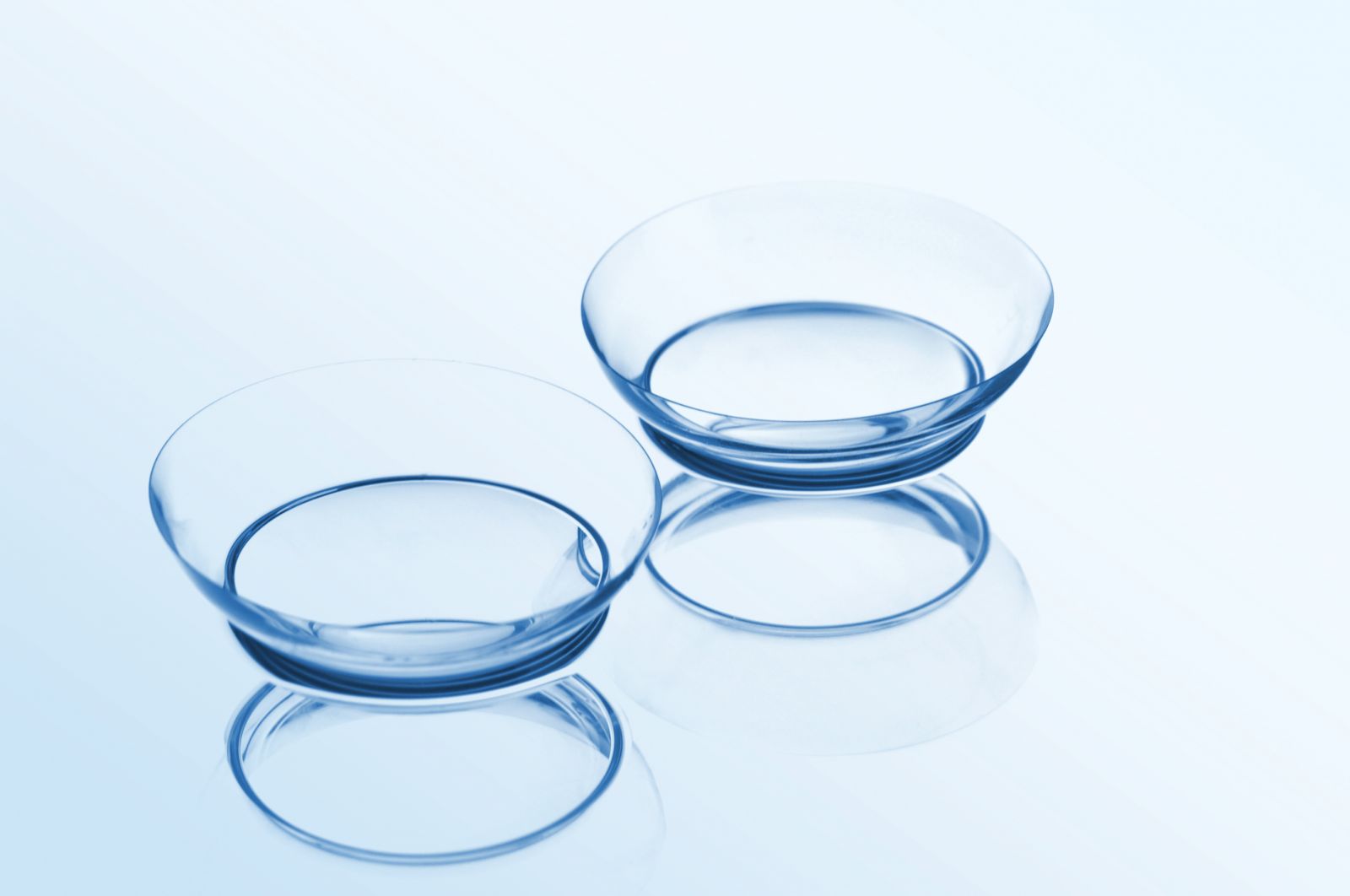
Less distortion of viewed objects
A more realistic size of viewed objects
More efficient eye teaming
No fogging from rain or perspiration
Replace heavy, thick eyeglasses
No head turning to look through center of lens
Adaptation to contact lenses
For the first couple weeks you are wearing your new contacts, you might notice frequent sudden or deliberate blinking.
Normal blinking
Two to four weeks with your new contacts, your eyes are getting used to them and blinking normally. Everything is looking great!
Infrequent and/or partial blinking
This leads to a syndrome of fogging, red eyes and yellow plaques developing in the corners. This is because these areas are drying out and the blood vessels enlarge to bring more fluids in.
It will take some time to change your blinking habits because they have taken some years to develop. Plus, blinking is an involuntary process and those are hard to change. You should write down on a piece of paper ten specific times you are going to practice blinking each day. (At stop lights, while brushing teeth, during TV, commercials, etc.) This will enable frequent, specific times throughout the day to practice.
Each practice should involve 10 blinks
Blinking should be done to the count of the three (1) close the eye by touching the top lid to the bottom lid (2) pause (3) open again. This will seem a little exaggerated and strange at first, but once you learn to do this it will come naturally.
You should blink about 15 times a minute.
Occasionally place your finger on the outside corner of your lid and blink. With practice you will not feel the pulling, which means it will look natural.
MAKEUP BEFORE OR AFTER CONTACTS – THAT IS THE QUESTION!
If you put your lenses in first, you’ll be able to better to apply makeup, and decrease the likelihood of picking up makeup during insertion and getting it on your eye and lens. You’ll also avoid the possibility of smearing your makeup when you put your contacts in.
If you put your makeup on first, and any makeup gets into your eye, you can remove it without removing your lens. However you might smear your makeup when you put in your lenses and have to reapply. A magnifying mirror, with double or triple magnification, or special makeup glasses are assets when applying makeup first.
CONTACT LENS WEARERS WHO HAVE ALLERGIES OR SENSITIVE EYES:
“Hypo allergenic” products do not contain chemicals that sensitive eyes tend to react to, including lanolin or alcohols. The best products to use would be those that are unscented. You can still be allergic to these types of products.
If you have any reason to believe that your makeup is old, contaminated, or causing an allergic reaction, throw it away.

EXTENDED WEAR CONTACT LENS PATIENTS:
Since these lenses are not always removed on a regular basis, mascara and the products used to remove eye makeup that get into the eye will also get onto the lens. If eyeliner is used, it must be the water based type.
- No mascara used. This is acceptable, especially if you have dark lashes.
- Individual lashes (artificial). These can be applied at home or in a salon.
- Band lashes can be used, which are applied at home and removed each evening.
- Apply water based mascara to the eyelash tips only.
- Lashes may be tinted at a salon.
Here are some guidelines for successfully wearing makeup, while minimizing problems with your contact lenses. Hover over the images to see the tips!
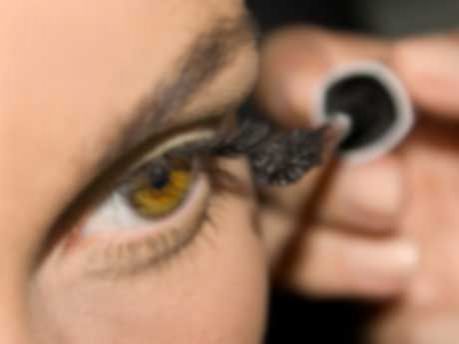
Mascara
A water base mascara is recommended , because it is easier to remove from lashes.
Never add anything to your mascara to make it last longer. Change every 2-3 months, because of bacteria.
Never apply powder or other substances to your lashes, before or after applications of mascara.
If mascara gets on your contact lens, immediately clean your lens with your daily cleaner.
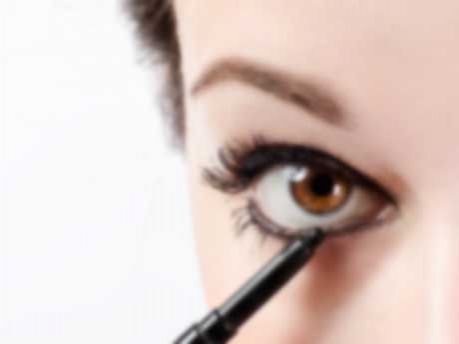
Eyeliner
An oil base or waterproof eye liner will usually remain on your eyelid longer than a water base eye liner. The waterproof type is acceptable to wear, as long as a proper cleaner is used to remove it. Extended wear contact lens wearers need to use a water based eye liner. This should be placed below the bottom row of eye lashes, not above. Also be sure not to put on over the gland openings between your lashes and your eye.
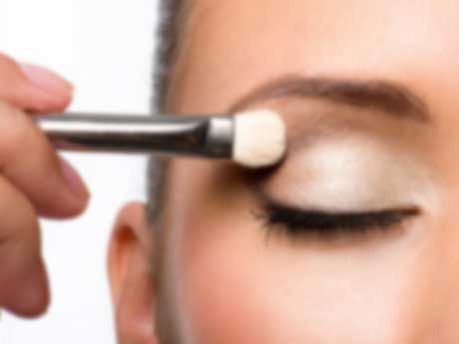
Eyeshadow
This is not usually a problem, as long as the eye shadow has been properly applied. A sponge applicator, rather than a brush, is recommended to avoid eye shadow flaking in and around your eyes.
If your eyes are red, swollen, or itchy, either seasonally or after exposure to certain things, it is likely that you have some allergies that affect your eyes. Some people find that their symptoms can be amplified if they are wearing contact lenses. This is caused by the contact lens retaining any airborne allergens and then the continual exposure while the lens sits on the eye surface.
Avoid using Visine or Murine or any solution that “gets the red out” because they only give temporary relief from redness without solving the problem!
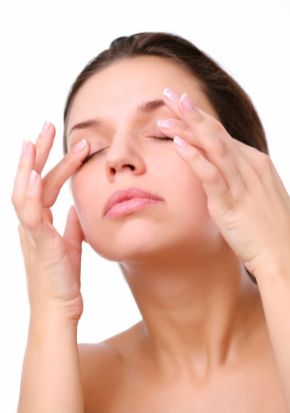
Ways to combat Allergies with contacts in
- Over the counter antihistamines (Benadryl, Chlor-Trimeton)
- Cold packs to reduce swelling
- Preservative free artificial tears
Ways to combat Allergies with contacts out
- Allergy drops Over the Counter (Zaditor, Alaway) or Prescription (Pataday, Lastacaft)
- Washing out eyes with contact lens solution like OptiExpress
When in Doubt, Take them Out.
If trying all of the options doesn’t help, there is still hope!
With certain prescriptions there are daily disposable contacts available. We can work with you to see if that’s an option. The benefit to those lenses is that you wear them for one day and then throw away! So no re-exposure to allergens building up. And you save on the cost of solution! It is possible to use the daily lenses just for the months that you experience allergies.
Call the office at 303-278-2020 or schedule an appointment now!


